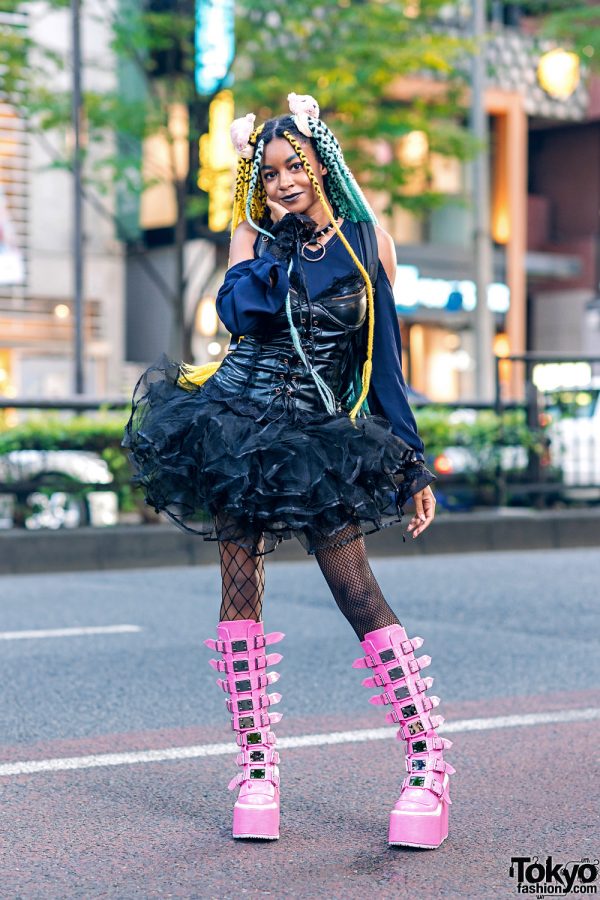
Makers of iconic tourism treat cite rising costs and sales tax hike as reasons.
Mention the town of Nara to many people in Japan, and the first thing they’ll think of isn’t one of the city’s historical temples or shrines, nor the city’s former status as the capital of all Japan. Nope, for a lot of people, the next word that springs to mind after they hear “Nara” is “deer.”
Nara Park is home to over 1,000 wild deer that freely roam the grounds. The animals are revered as messengers of one of the Shinto gods worshiped at nearby Kasuga shrine. They’re also undeniably cute, and the standard must-do itinerary for visitors to Nara includes buying a pack of deer senbei (rice crackers), also sometimes called “deer cookies” in English, which are specially made for the deer to munch on.
▼ Some deer have even learned how to politely bow, showing off their good manners in order to earn more crackers.
あいさつがきちんとできたから、シカせんべいをプレゼントしたよ。 #奈良 #春日大社 #シカせんべい #お辞儀 https://t.co/I0TrkoGJV7
—
マイミッチー (@maimichi1124) August 11, 2019
Feeding Nara’s deer some senbei isn’t just a unique and memorable activity, but an extremely affordable one too. For almost three decades, a pack of 10 deer senbei has cost just 150 yen (US$1.40). However, as of October 1 the price has risen to 200 yen per pack, the first increase in 28 years, with increasing production costs and Japan’s sales tax rising from eight percent to 10 as of October 1.
Considering that roughly 20 million deer senbei are sold every year, the 50-yen price bump stands to translate into an additional 100 million yen (US$926,000) in revenue for merchants and the Nara Deer Preservation Foundation, the owner of the deer sembei trademark. However, given the relatively small increase per individual customer, and the fact that a portion of deer sembei sales are used for deer welfare programs, there’s unlikely to be much grumbling from consumers regarding the extra cost. Nonetheless, the Nara Deer Preservation Foundation has released a statement saying “We thank our DEAR customers in advance for their understanding.” The deer themselves have yet to comment on the situation, though there’s still a chance that some will make their displeasure at the tax increase known by once again eating local politicians’ campaign posters.
Source: Asahi Shimbun Digital via Livedoor News via Hachima Kiko
Top image ©SoraNews24
● Want to hear about SoraNews24’s latest articles as soon as they’re published? Follow us on Facebook and Twitter!


































